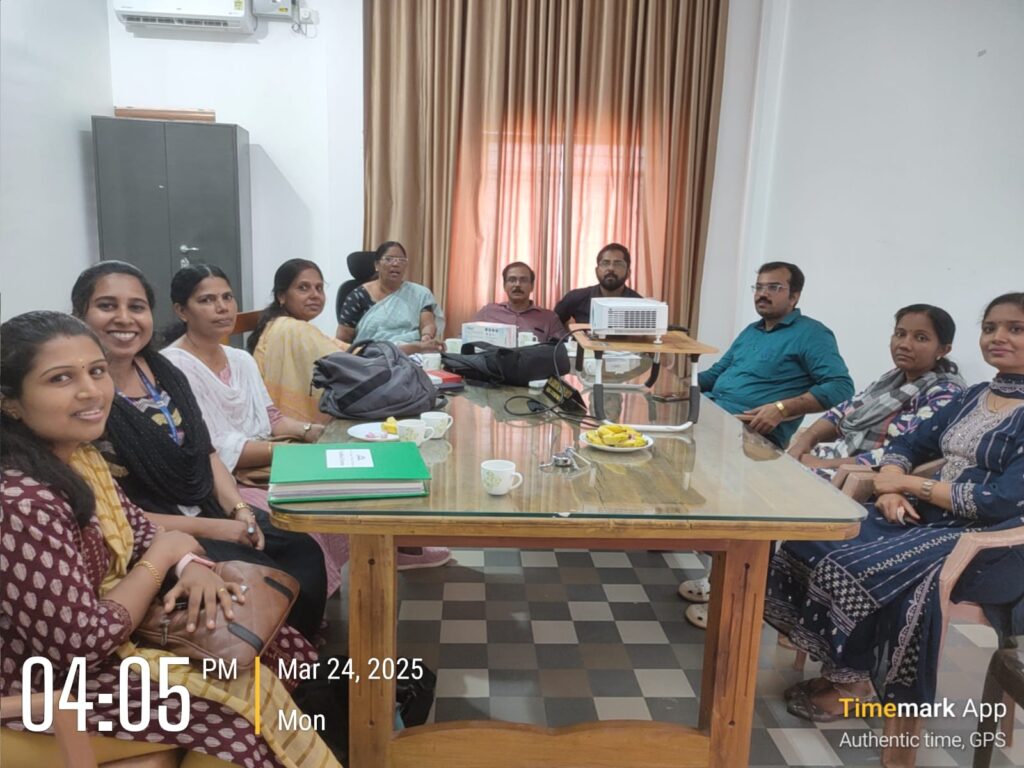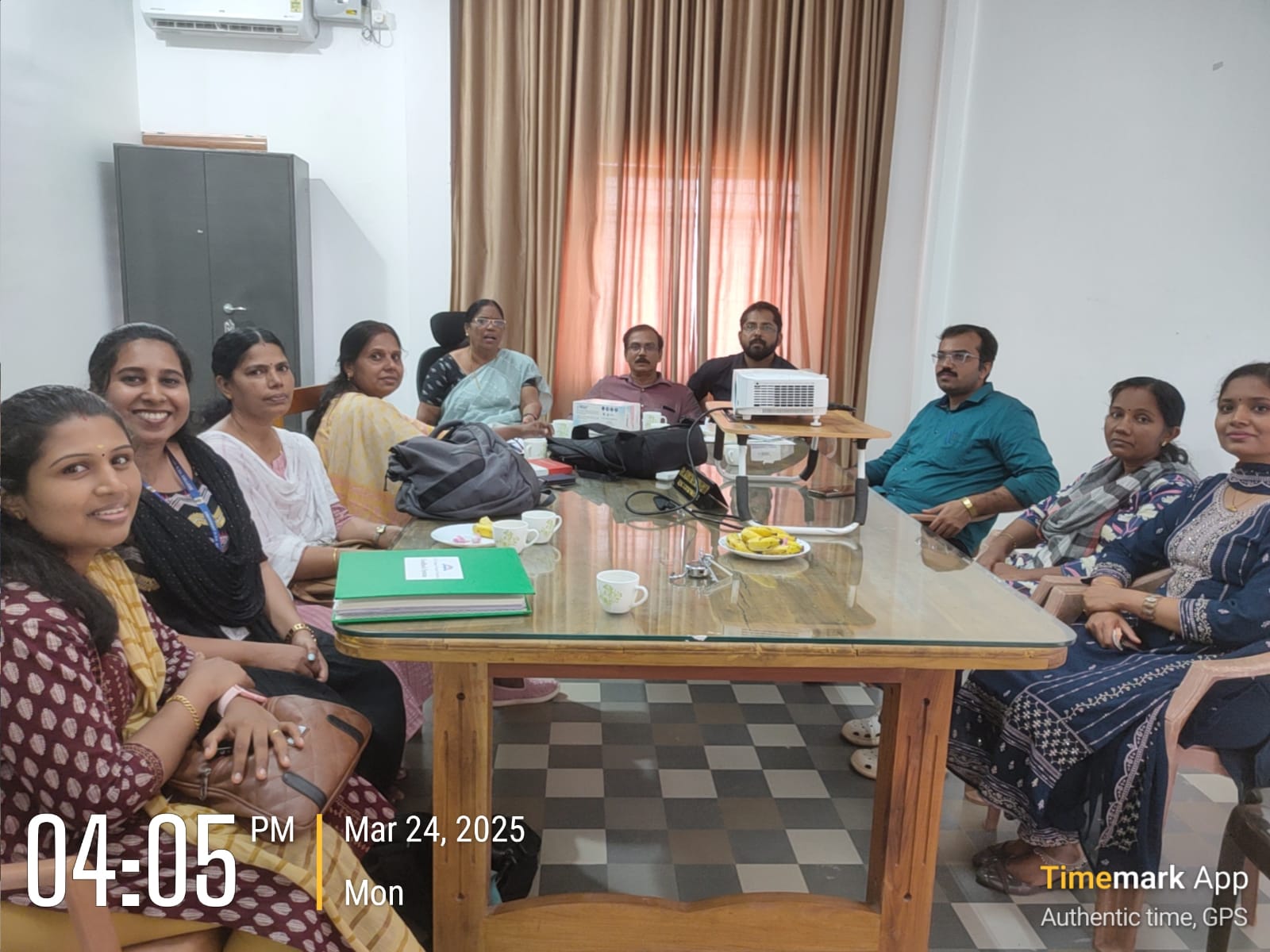
introduction:
On 24th March 2025, a group of teachers, under the leadership of Uma Miss, visited the SUM College of Teacher Education for an insightful study on the NAAC proceedings and infrastructure of the institution. The visit aimed to provide a deeper understanding of the processes involved in the accreditation procedure and to observe the various infrastructure aspects that support the educational environment at the college.
Objective of the Visit:
The key objectives of the visit were:
- To explore the NAAC accreditation process followed by SUM College of Teacher Education.
- To understand how the infrastructure contributes to the overall academic and co-curricular development of the students.
- To gain insights into the best practices that the college has adopted in terms of teaching-learning, assessment, and faculty development.
- To interact with the staff and gain firsthand knowledge about the college’s approach to maintaining quality education.
Assistance Provided:
During the visit, Mr. Shimoj and Sir played a crucial role in guiding the group. They assisted the teachers in navigating the various departments and sections of the college, providing detailed explanations on the infrastructure, NAAC-related documentation, and the processes involved in maintaining accreditation status.
Observations:
- NAAC Proceedings:
- The teachers were introduced to the comprehensive documentation maintained by the college related to the NAAC accreditation.
- A detailed overview was provided on how the college engages in continuous self-assessment, ensuring the adherence to NAAC criteria.
- The group was given access to reports on previous assessments, the improvements made, and the action plans for the future.
- The college’s systematic approach to quality assurance and enhancement was emphasized, highlighting the importance of faculty participation and student feedback.
- Infrastructure:
- The visitors observed the state-of-the-art facilities provided by the college, including modern classrooms, well-equipped labs, library, and ICT-enabled learning resources.
- Special attention was given to the college’s infrastructure for supporting extracurricular activities, such as sports facilities and recreational areas.
- The efficient layout of the campus and the integration of technology within classrooms were noted as essential components contributing to a conducive learning environment.
- The group was impressed by the sustainability initiatives, such as eco-friendly campus designs, waste management systems, and energy-efficient practices.
- Interaction with Faculty and Students:
- The visitors had the opportunity to interact with both faculty members and students. Teachers shared their experiences regarding teaching methodologies, professional development programs, and student engagement.
- Students expressed satisfaction with the academic support and the infrastructure provided, underlining the availability of resources for both curricular and co-curricular activities.
- Best Practices and Innovative Approaches:
- The group appreciated the college’s commitment to adopting innovative practices in education, including the use of digital platforms for online learning and assessments.
- The college’s emphasis on faculty development through workshops, seminars, and training programs was also recognized.
- The student-centered approach, where individual learning needs are addressed, was highlighted as a best practice.
Conclusion:
The visit to SUM College of Teacher Education was both informative and insightful. The group gained valuable knowledge regarding the NAAC proceedings, as well as the infrastructure that supports a high-quality educational environment. The assistance provided by Mr. Shimoj and Sir ensured that the visitors were able to gather all necessary information and have their queries addressed. The best practices observed during the visit will undoubtedly serve as a model for the visiting teachers to implement and adapt in their own institutions.

